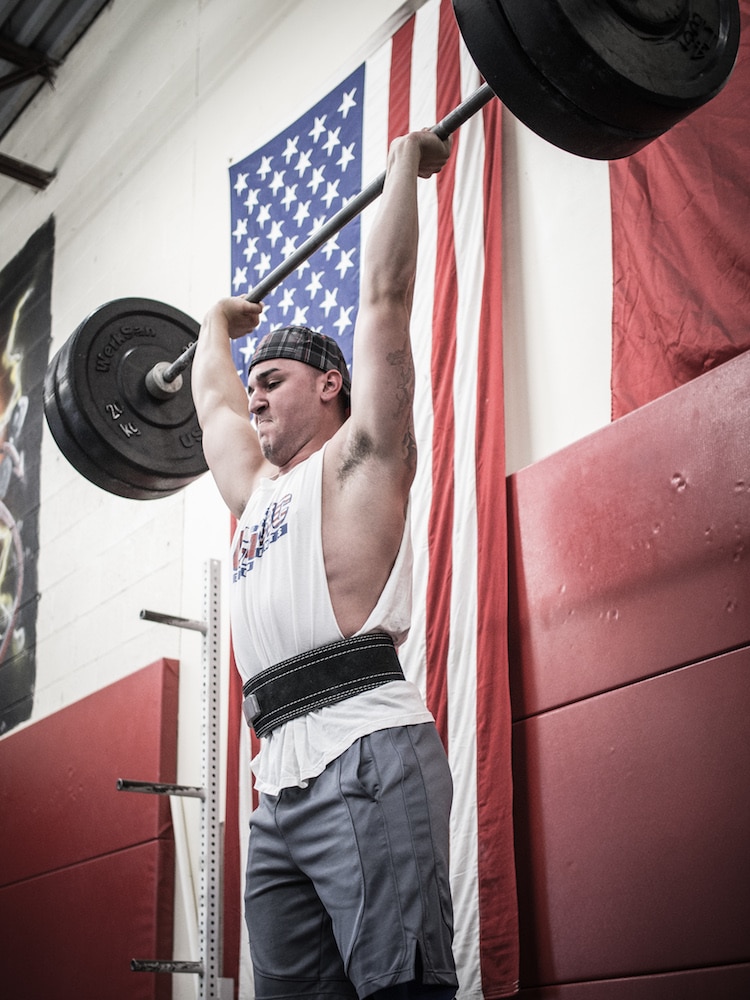I have played a number of different sports across my 45 years. All of them were in some way influential in the development of my mental and physical self. In that time every coach I have had has taught me something about how I now train people. One of the best things I have learned is that the same plan doesn’t work for everyone. A good coach will be fluid in recognizing and correcting for the unique attributes of each athlete. When someone is just starting out, there are a few points that all coaches show be aware of and use to the advantage of their competitor.
Hypertrophy work is just as important as strength building.
I have had plenty of people with zero experience in weight training go on to become fantastic athletes. For many of them the need to build mass and strength simultaneously was extremely important. The current lifestyle of many first world people places little emphasis on physical work and therefore, many people have underdeveloped musculature. I alway do the strength building work first (1-5 reps) then work on making the muscle larger by changing exercise execution and reps (8-15).
While we will primarily squat, press, and pull for strength at an explosive tempo, the lowering of the weight becomes one of safety and not emphasis. Weight can be lowered quickly or dropped during the strength portion of the session. To make the muscles grow, we obviously decrease the weight, increase the reps and also lower the weights under control. While some of the same exercises may be used, the implementation of them is radically different and so is the effect on the body. When all is said and done, 50% (or more) of the work performed in the first year may be this way.
Maximum personal best records are not very accurate, and this should be taken into account.
Beginners tend to be much less coordinated than experienced athletes. If you test an athlete and use those percentages, you may need to recognize that they may have the ability or hit a new PB every week. I tend to use them as a loose gage as to what weight they should be doing rather than absolutes.
Get comfortable with a straight bar on the overheads.
A weightlifting bar is more forgiving than an axle or log for the clean and press. The athlete will most likely get the feel of getting a bar in the correct positions faster than the standard implements. Same can be said for learning the positions of the circus dumbbell by substituting a standard one. Get the technique ironed out first then graduate to the implement. By using an object with a smaller diameter the athlete should have more ability to keep it close to the center of gravity and develop the coordination necessary for the odd object.
Condition, Condition, Condition.
The demands of this sport can be nothing short of pure agony for sixty seconds. The last thing I want is for a rookie to show up strong, but out of shape. I always put in two or three conditioning sessions each week for six weeks leading up to the contest. I ask them to build in intensity over those weeks so they become used to going full out multiple times on short rest. The best tools I have found for this and have minimal impact recovery are sleds. These workouts are often best performed in small groups to keep the competitive spirit burning.
Program for the long term goal, not their first contest.
I tend to look at the bigger picture and believe that having a good strength base at the start is essential for long term success. While I want to make sure that the athlete is comfortable with the events coming up, it is more important to make certain they have developed the fundamentals of the squat, pull and press. Add to that the stones, a front carry and tire flip and you will create a very well rounded athlete. These movements are the core of the sport and you can’t go wrong being comfortable with them as a base.
Getting a solid start with the basics, having a good level of conditioning, and learning how to look at the long term are just good ideas for a new athlete. Keep the pressure off them to perform to a level of a seasoned athlete and that should keep their interest high. You can never get a good handle on someone until they have a few contests under their belt so, encourage them to enjoy themselves and put in 100 percent!
Editor’s note: This article is an op-ed. The views expressed herein and in the video are the authors and don’t necessarily reflect the views of BarBend. Claims, assertions, opinions, and quotes have been sourced exclusively by the author.
Images courtesy Michele Wozniak
